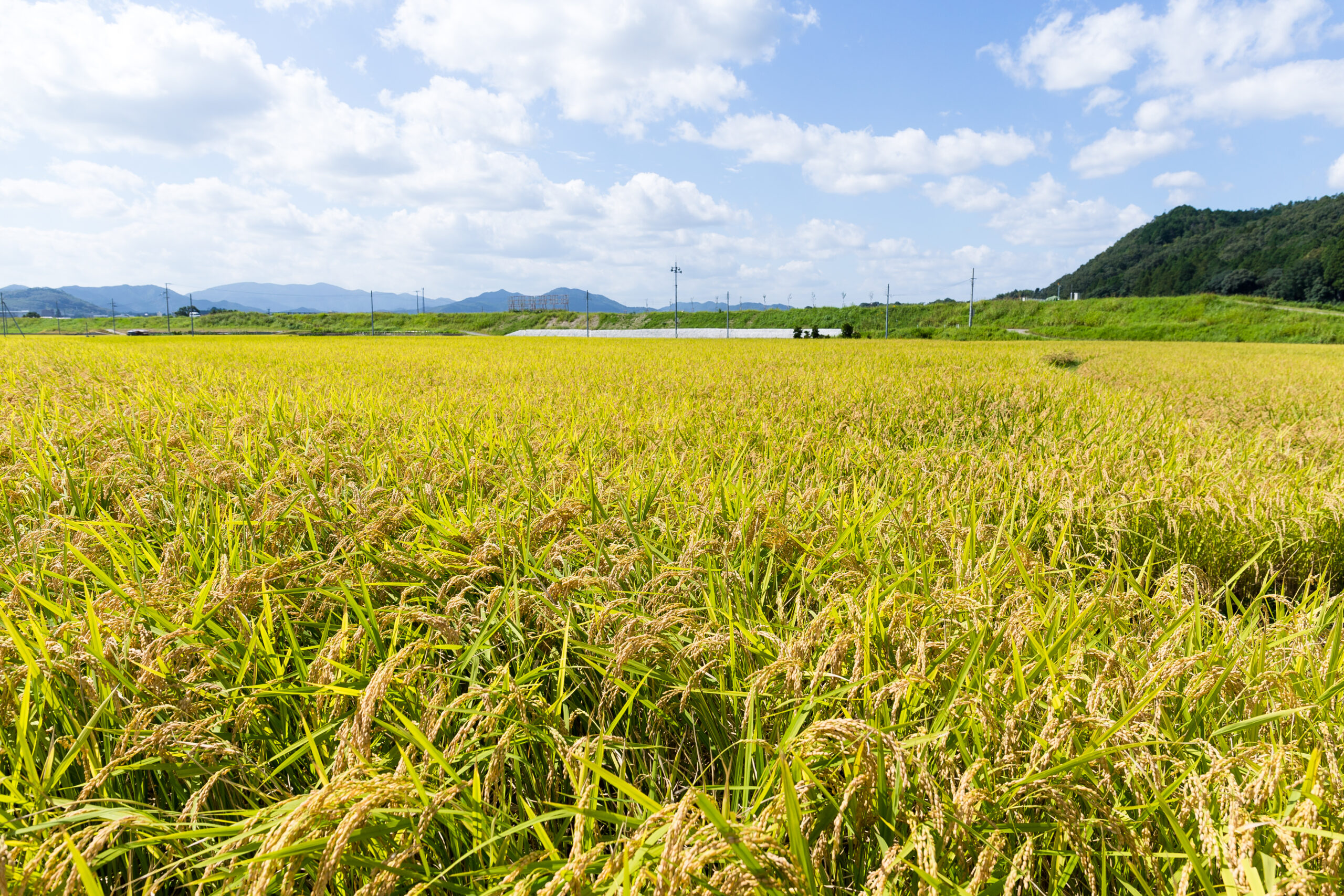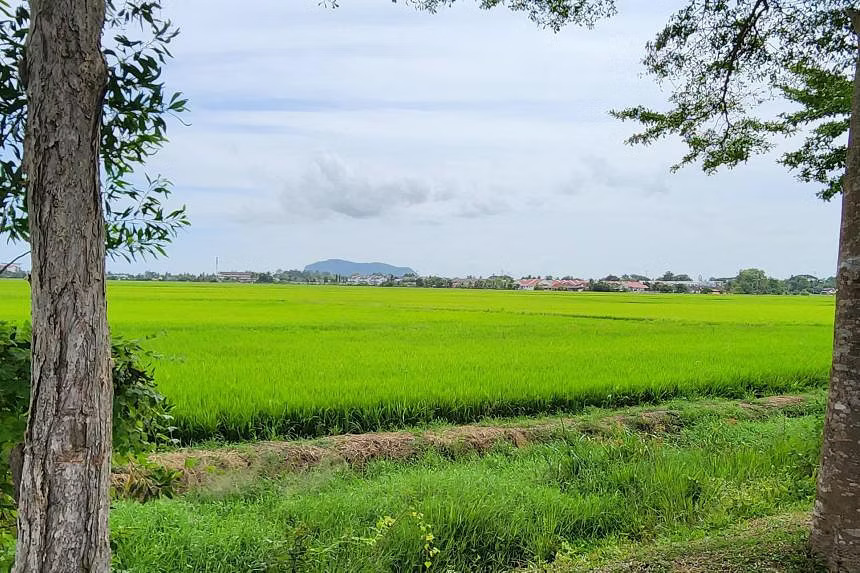
KUALA LUMPUR (ANN/THE STRAITS TIMES) – Sarawak aims to bolster Malaysia’s rice production, aspiring to rival Kedah as the nation’s top rice producer amidst federal challenges in this sector.
Sarawak’s Premier Abang Johari Openg announced plans on June 11 for a significant initiative requiring MYR1 billion (approximately SGD288 million) from the federal government.
The funds are intended to support large-scale rice cultivation and the irrigation of 10,000 hectares of land – an area roughly 20 times the size of Singapore’s Sentosa island.
Emphasising Sarawak’s commitment, Tan Sri Abang Johari stated that the state government is prepared to match federal funding on a one-to-one basis.
Discussions have already taken place with federal Agriculture and Food Security Minister Mohamad Sabu regarding this ambitious agricultural project.
“I requested for federal government support, pending approval from Prime Minister Anwar Ibrahim, who also serves as Finance Minister due to the substantial amount involved,” stated Sarawak Premier Abang Johari Openg.

“We continue to pursue this request. We are prepared to match funds on a one-to-one basis. If they allocate MYR500 million, we will match it with MYR500 million,” Mr Abang Johari was quoted saying by a source daily.
The identified areas for rice cultivation, spanning Stumbin, Lingga, and Tanjung Bijat in Sri Aman district, are part of Sarawak, Malaysia’s largest state by land area.
To enhance rice production, the state plans to leverage advanced equipment and technologies, including drone-assisted fertiliser and pest control applications, utilisation of high-yielding hybrid seeds, and increased mechanisation for harvesting.
The objective is to achieve a production output of 240,000 tonnes of rice from the designated land.
“In the future, we may be able to produce 400,000 to 500,000 tonnes of rice a year. Sarawak will then be self-sufficient in rice, and any surplus can be exported,” he said.
The East Malaysian state produces about 150,000 tonnes of padi from about 85,000ha – or a yield of 1.8 ton/ha. The average Malaysia domestic rice output is 3.75 ton/ha.
Its rice production, which includes the indigenous varieties of white and red rice from the mountainous Bario region, yields between three and four tonnes per hectare for each harvest.
The famed Bario white rice, which is priced at around MYR20 per kg, is largely cultivated by hand, grown with no pesticides, and takes six months to mature. This compares with the ceiling price of MYR2.60 per kg for the locally produced white rice consumed regularly by Malaysians.
Kedah is widely known as the “rice bowl of Malaysia”, accounting for nearly 40 per cent of the nation’s total padi production, with close to one million tonnes in annual output.
About 85 per cent of the nation’s main rice crop is cultivated in the northern parts of Peninsular Malaysia, with Kelantan, Perlis and Perak being major producers as well.
Malaysia has been facing a shortage of white rice since 2023, following India’s ban on rice exports, which led to a surge in the price of imported rice.
In July 2023, India imposed a ban on exports of widely consumed non-basmati white rice, followed in August by further restrictions on basmati rice and parboiled rice as global food prices were driven up by erratic weather conditions.
Other than India, Malaysia also imports rice from Pakistan, Thailand and Vietnam.








